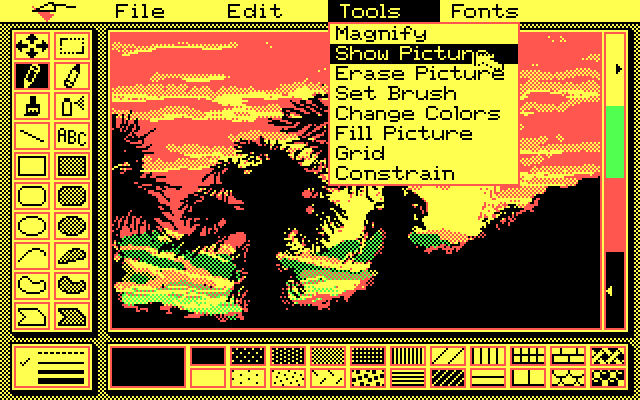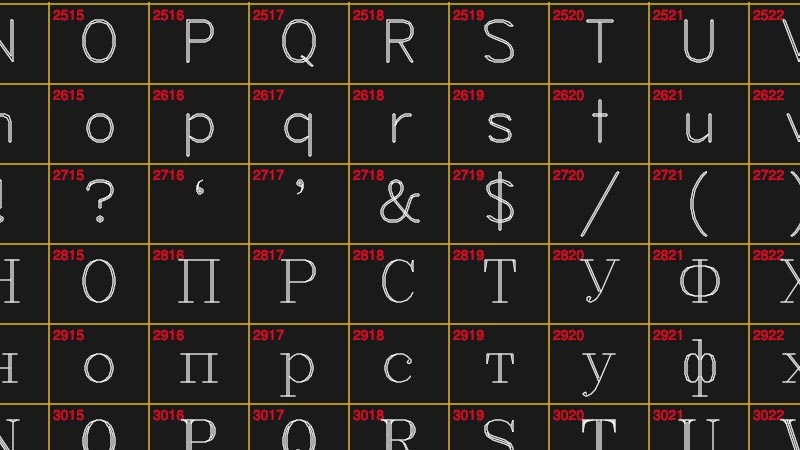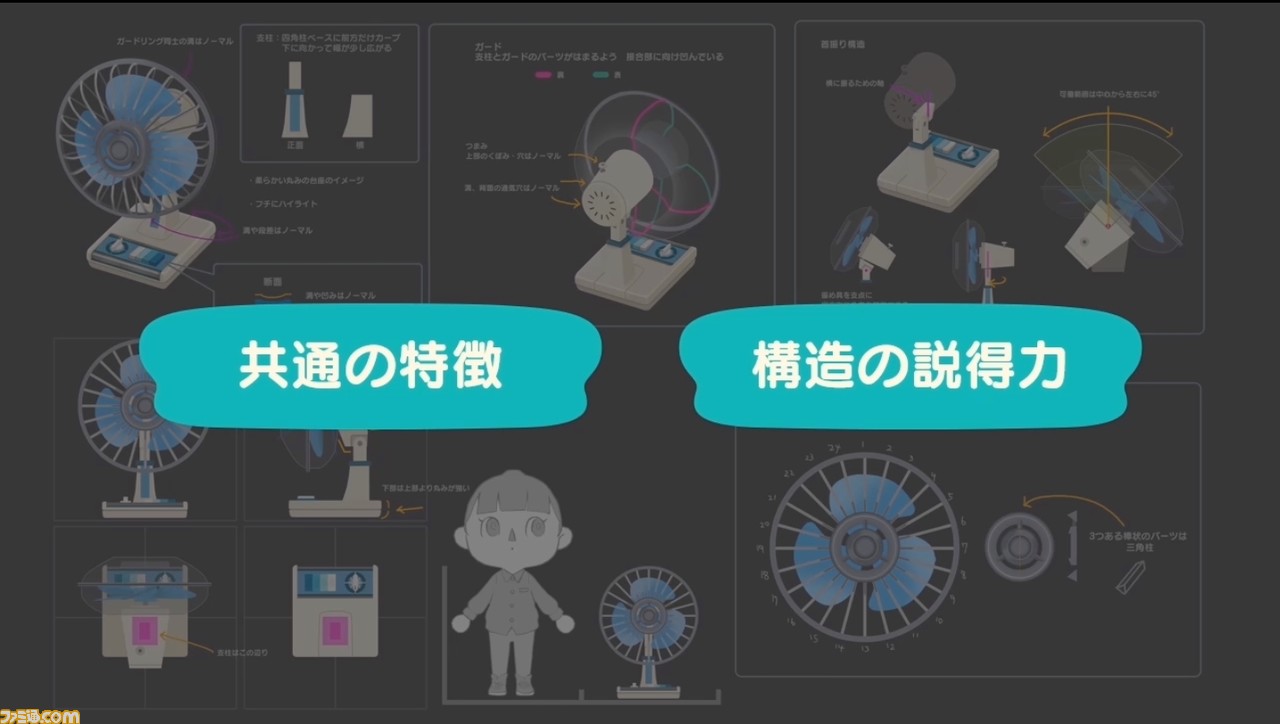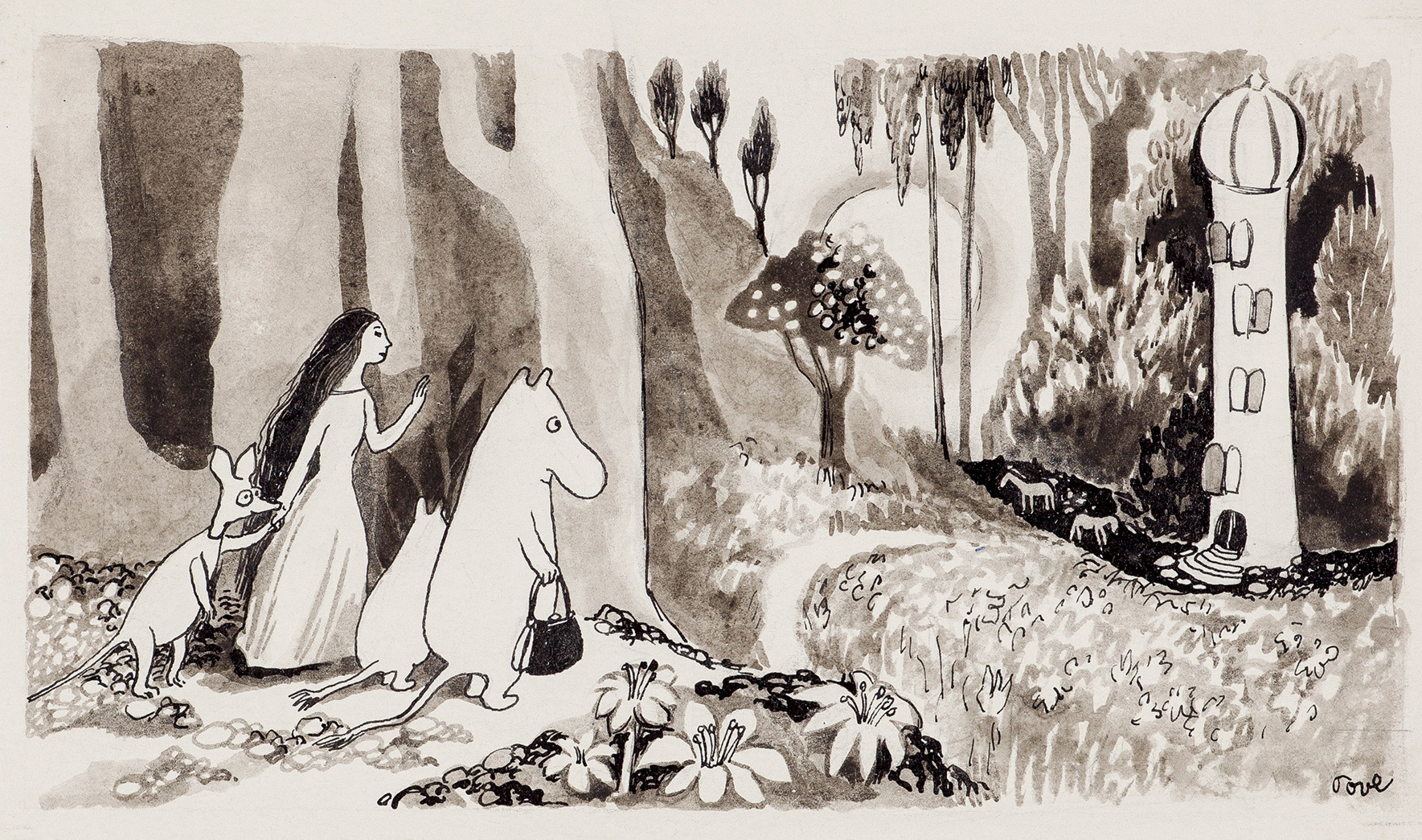Links and write-ups about beautiful things from around the web!
-
Dan Sinker: The Magic of Pee-wee Herman in a Dark Year
We all know grief now. We grieve the people we loved, but also the people we were before this pandemic began. If you’re old enough, you add it to the grief you’ve accrued over the years: for the children we were, the hopes we had, the people we longed to be. But if you’re lucky, the art that you need still finds you. It reminds you of who you are when you’ve forgotten, and gives you the power to imagine a life beyond this one. It lets you believe that what you’ve been robbed of will be found, that your home will come alive.
-
Open to Conversion

Over on Tedium, a nostalgia bomb roundup of 10 image file formats that time forgot. I wouldn’t say that BMP or even TIFF are exactly forgotten, and VRML seems like the odd one out as a text-based markup language (but definitely in the zeitgeist this month with all of the nouveau metaverse talk), but many of these took me back to the
goodold days. Also I didn’t know that the Truevision TARGA hardware, remarkable for its time in the mid-1980s with millions of colors and alpha channel support, was an internal creation from AT&T (my dad worked for AT&T corporate back then, but all we got at home was the decidedly not-remarkable 2-color Hercules display on our AT&T 6300 PC). JPEG and GIF continue to dominate 30+ years later, but it’s interesting to see what could have been, if only some of these other systems jumped more heavily into file compression… -
Why we’re blind to the color blue
If you’re super nerdy and experienced with using Photoshop’s individual color channels to make enhancements or custom masks, you might have noticed that the blue channel has very little influence on the overall sharpness of an RGB image — it never occurred to me that this is inherently a function of our own human eyesight, which is unable to properly focus on blue light, in comparison to other wavelengths!
I like how the paper from the Journal of Optometry that this article links to straight up dunks on our questionably-designed eyeballs:
In conclusion, the optical system of the eye seems to combine smart design principles with outstanding flaws. […] The corneal ellipsoid shows a superb optical quality on axis, but in addition to astigmatism, it is misaligned, deformed and displaced with respect to the pupil. All these “flaws” do contribute to deteriorate the final optical quality of the cornea. Somehow, there could have been an opportunity (in the evolution) to have much better quality, but this was irreparably lost.
This also made me wonder if this blue-blurriness has anything to do with the theory that cultures around the world and through history tend to develop words for colors in a specific order, with words for “blue” appearing relatively late in a language’s development. Evidently that’s likely so, because hard-to-distinguish colors take longer to identify and classify, even for test subjects who have existing words for them!
-
I Know a Place
On the Pioneer Works art center’s site, Everest Pipkin has a great short essay on the beautiful and transitory (and even community) nature of empty spaces, linking parties on the foundations of a halting suburban neighborhood development with the abandoned sandbox virtual spaces of online platforms like Roblox:
To stand in these places is to stand in a place where desire was met. Where for a moment, something that was yours was carved out of the ugly body of online corporate games culture. Like building a fort in the woods between the highway and the mall.
Back in ancient days when I was role-playing and generating code on the text-based ElendorMUSH, some of my favorite places to visit were the handful of “rooms” that were created as secret spaces by fellow developers and local admins, unlinked from the normal Tolkien-themed spaces above. Mine was a hidden grotto beneath the tunnels of Isengard, and it was a great quiet (virtual) place to escape to for a bit.
See also: people have been spelunking in the abandoned ruins of Second Life for the better part of a decade. The university I work for paid six figures for an island, and I sometimes wonder what state it’s in now.
-
Finger.farm
Modern basic implementation and hosting of the venerable RFC 742 Finger Protocol — share your contact info and plans like it’s the 1970s!
-
Hershey Fonts

Over on Hackaday, a good history of Hershey fonts, a still-surviving vector font format designed for use in the 1960s for optical cathode ray printers, printing characters onto microfilm at a time when computer displays were still a novelty (now they are useful for CNC milling, laser etching, etc.).
-
Breaking at the Olympics 2024 in Paris
Wild! Breaking has been added as a new official event for the 2024 Olympic Games. Seems like it’s a few decades late, but I actually look forward to seeing this. Hopefully there some good breakbeats to accompany the performing.
-
Abstraction and the Meticulous Design of Play in Animal Crossing: New Horizons

Even when run through Google Translate, this in-depth article from Famitsu on the design of Animal Crossing: New Horizons is a clear and interesting dive into the meticulous design thinking that goes into Nintendo’s flagship games.
For me, the most interesting details are about how much they considered the need for abstraction to make the game successful — so much of the game is modeled on reality but very carefully distilled into primitive shapes and textures (despite the capabilities of newer hardware) for aesthetic purposes but also to help the player inject their own memories and feelings into the experience:
In this way, the degree of symbolization is selected according to the role in the game. However, reducing the amount of information by symbolization can be considered as discarding the amount of information. Regarding this, Mr. Takahashi said, “I think there are many artists who hesitate to reduce the amount of information in images on high-resolution screens. So why can we confidently throw away information?” I don’t think that the amount of information in the picture will decrease and the response will be lost, but I think that it creates an “imaginary gap”. ”
By having an imaginary gap, the user tries to fill the gap by recalling information from his or her memory. And by projecting one’s thoughts on it, it will lead to creating goals and motives for play.
The article also explores the ways that the game has very intentionally placed “play triggers” pretty much everywhere except for the sky (where you even have balloons to shoot down from time to time), as well as an emphasis on leading the player to desire communication while playing. There’s a lot going on below the surface of Animal Crossing!
PS: for the fans of the series, there are quite a few shots of development versions of the game — always interesting to see how the designs progressed from earlier prototypes.
-
Monkey Island 2 — Talkie Prototype!
I love when people dig up new dirt on my favorite things from 30-ish years ago, in this case a playable prototype of a never-developed “talkie” version of LucasArt’s The Secret of Monkey Island 2: LeChuck’s Revenge. The folks at the venerable MixNMojo site have a good writeup, including a detailed archeology on the differences and new sound resources discovered, along with information and images of LucasArt’s internal debugging tool called Windex (which ran on a second monitor in Hercules monochrome graphics mode!). Neat.

